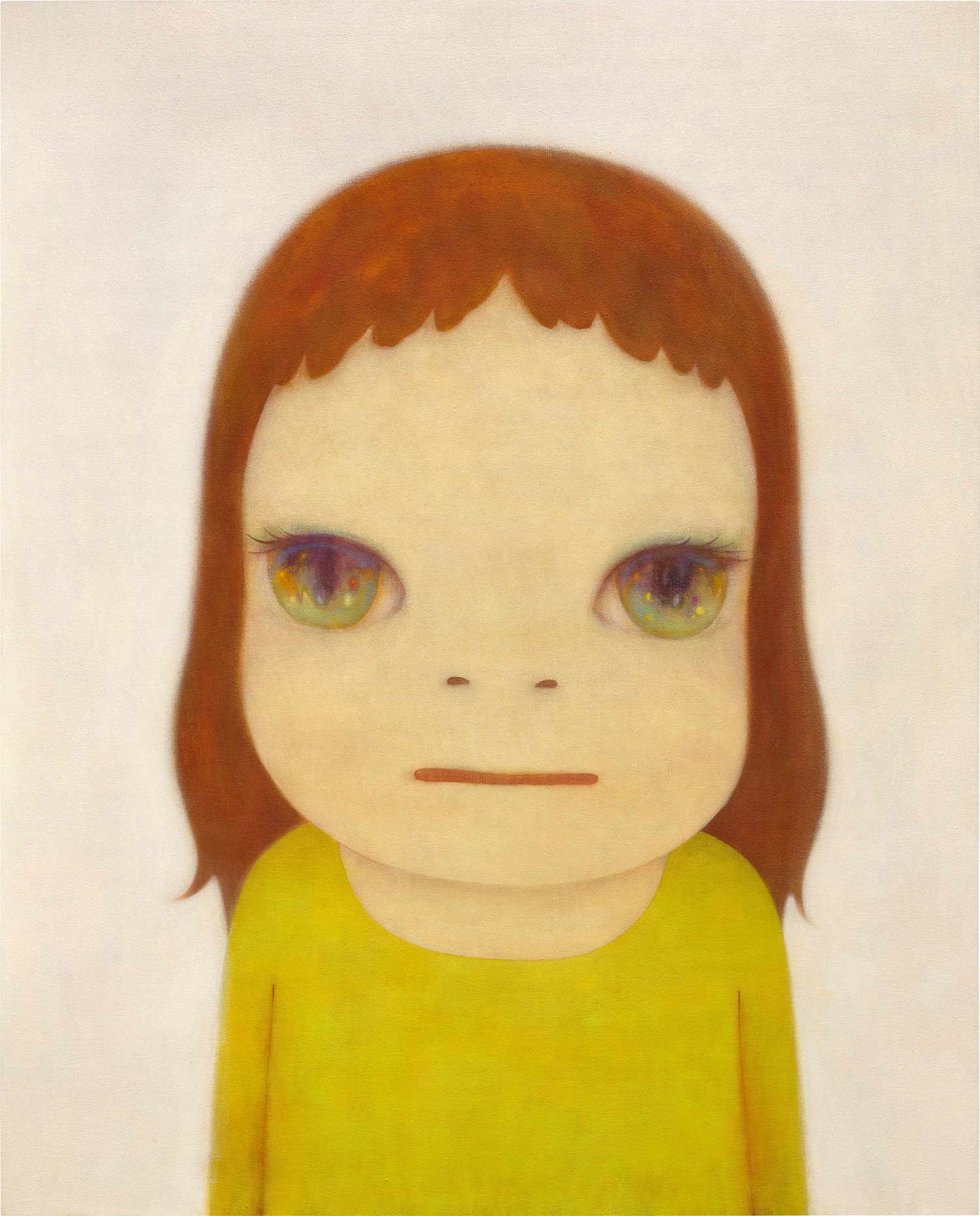
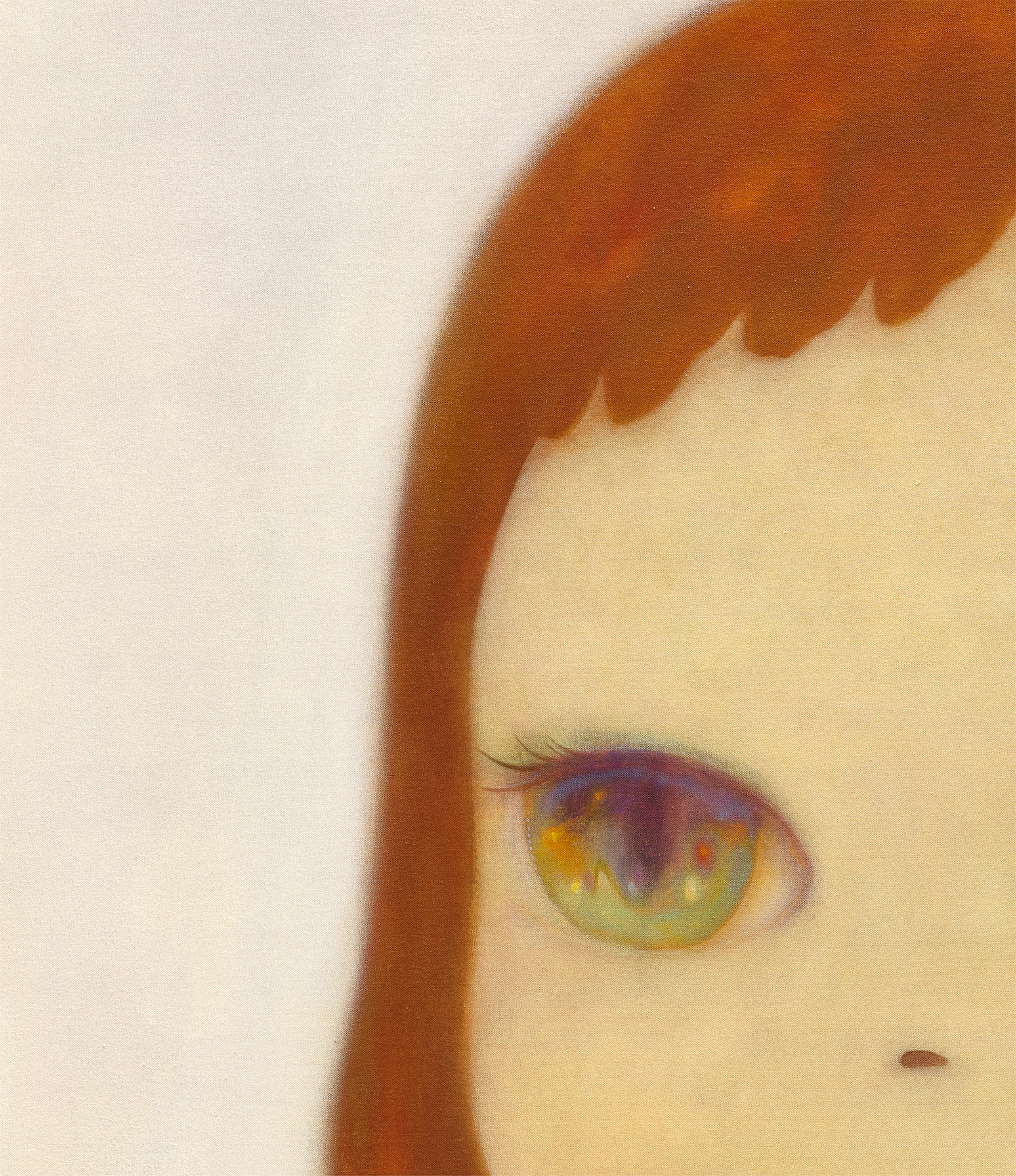
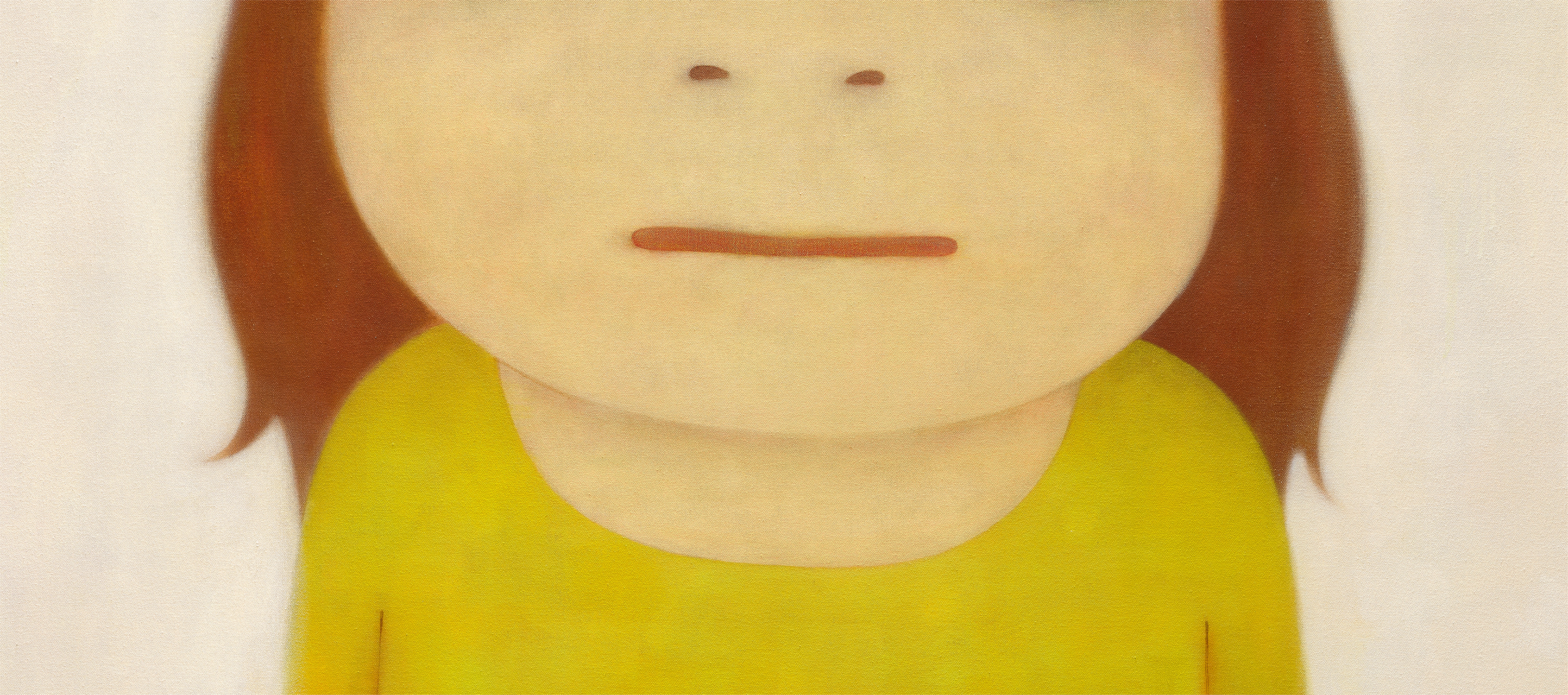
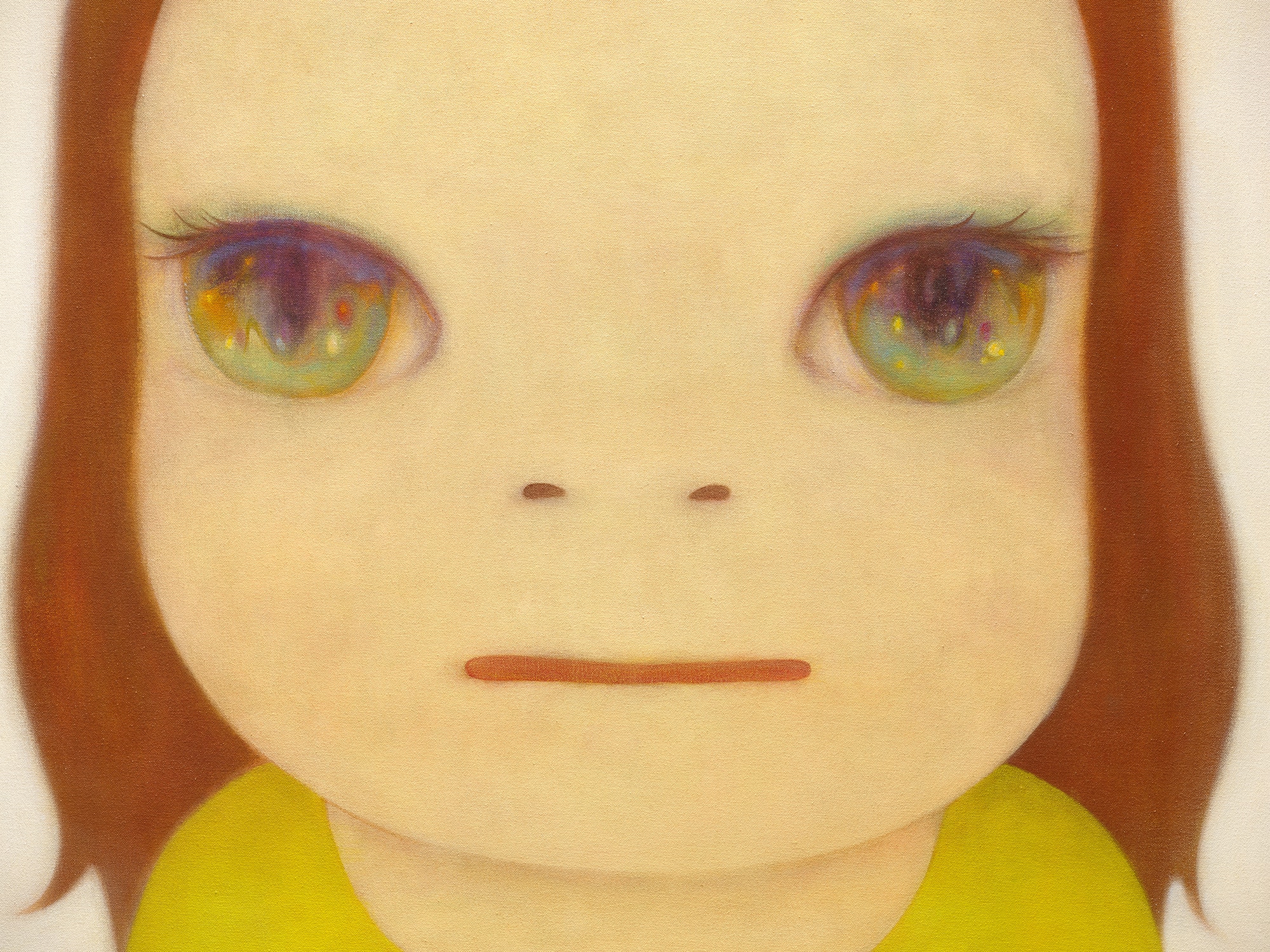
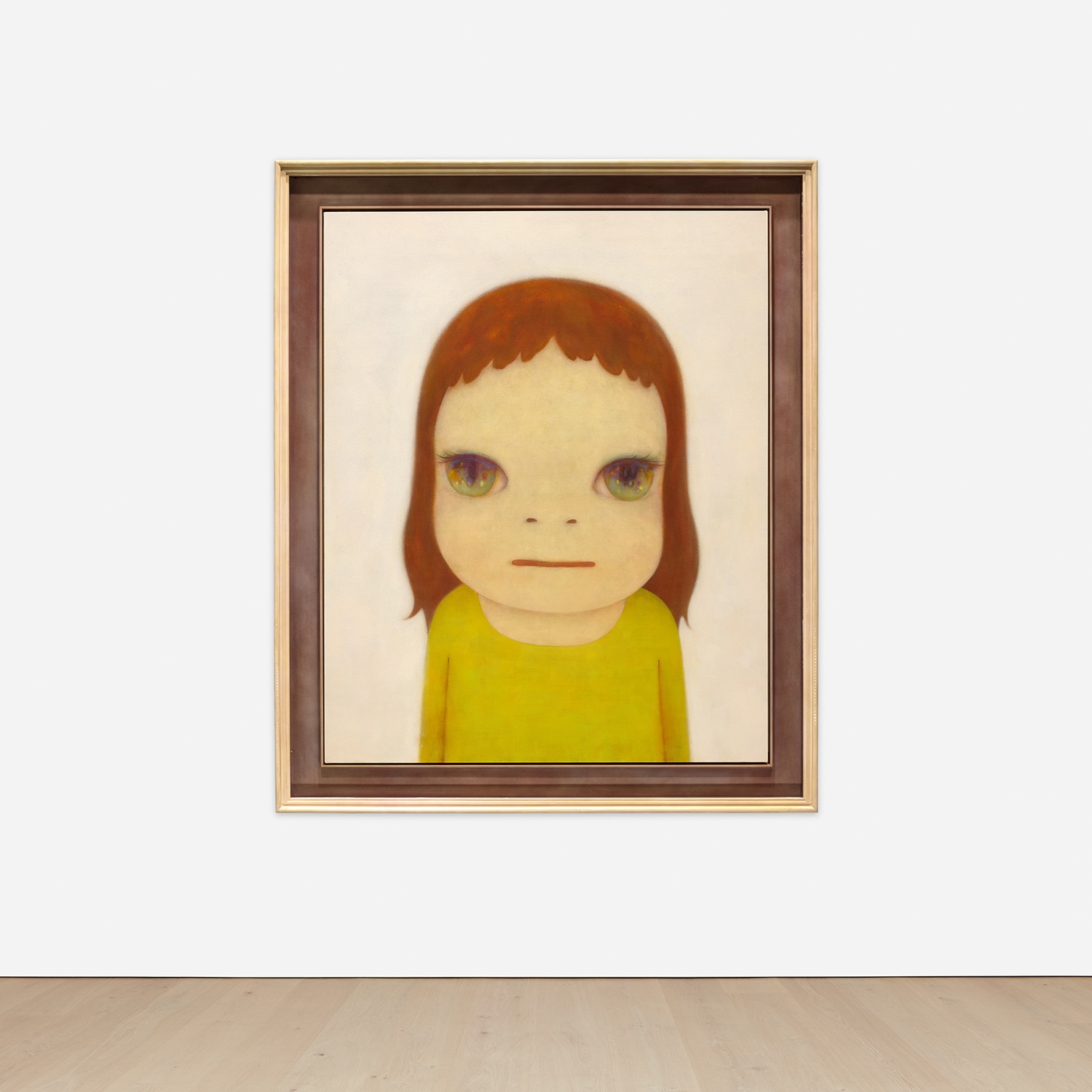
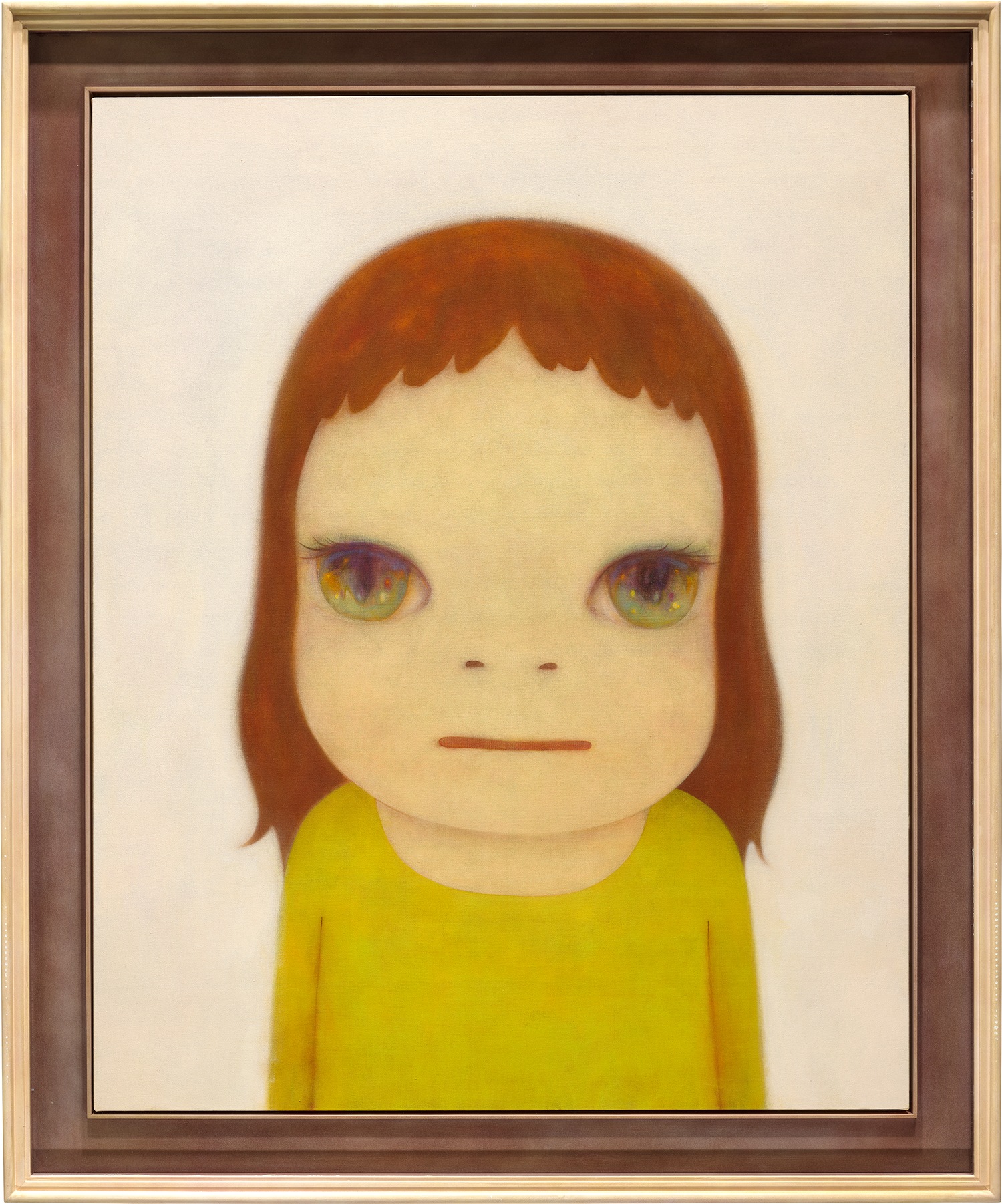
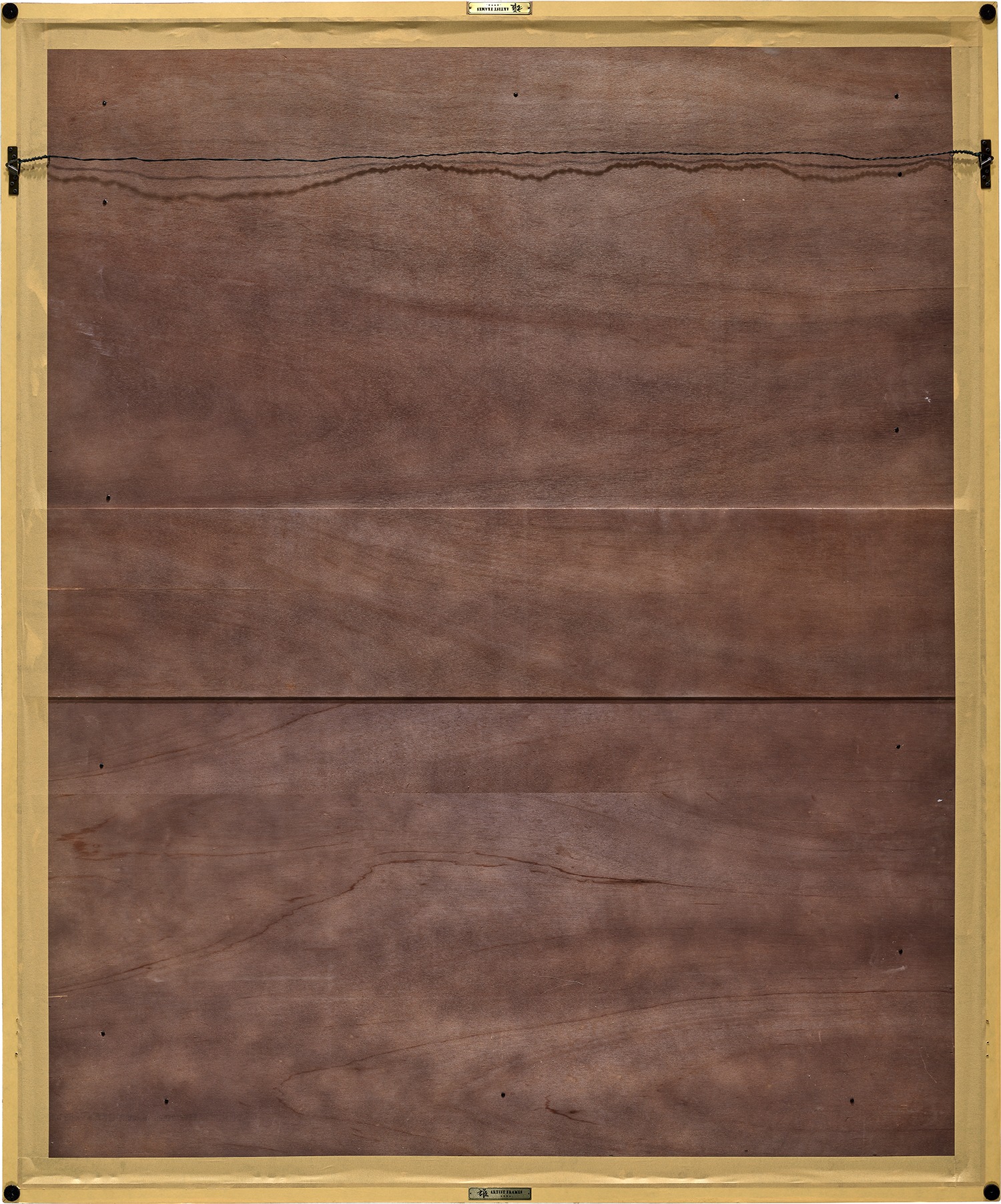







Property from a Distinguished Asian Collection
8Ο◆✱
Yoshitomo Nara
No Means No
signed, titled and dated '"No Means No" Nara [in Japanese] 06' on the reverse
acrylic on canvas
162.5 x 130.8 cm. (63 7/8 x 51 1/2 in.)
Painted in 2006.